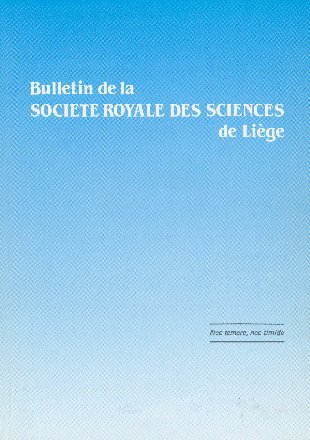- Accueil
- Volume 74 - Année 2005
- Numéros 1-2- 3
- Interferometry and the study of binaries
Visualisation(s): 144 (0 ULiège)
Téléchargement(s): 145 (3 ULiège)
Interferometry and the study of binaries
Technology roadmap for future interferometric facilities, Proceedings of the European Interferometry Initiative Workshop organized in the context of the 2005 Join European and National Astronomy Meeting "Distant Worlds", 6 - 8 July 2005, Liège University, Institute of Astrophysics, Edited by J. Surdej, D. Caro, and A. Detal

Document(s) associé(s)
Annexes
Abstract
To determine the parameters (masses, orbital period) of a binary, one requires among others the inclination, which is best determined from a visual orbit. The next generation of interferometers can provide visual orbits for a large number of binaries. We then can investigate with what parameters binaries are born, and how these parameters evolve, and thus understand the galactic binary population. Results can be obtained quickly by carefully selecting binaries for the study of evolutionary processes. Full knowledge of properties of binaries at birth requires a large, dedicated programme, which is best limited to spectroscopic binaries with primary masses > 0.8 MO and orbital periods < 50 yr.
Pour citer cet article
A propos de : Frank Verbunt
Sterrenkundig Instituut, Postbox 80 000, 3508 TA Utrecht, the Netherlands





